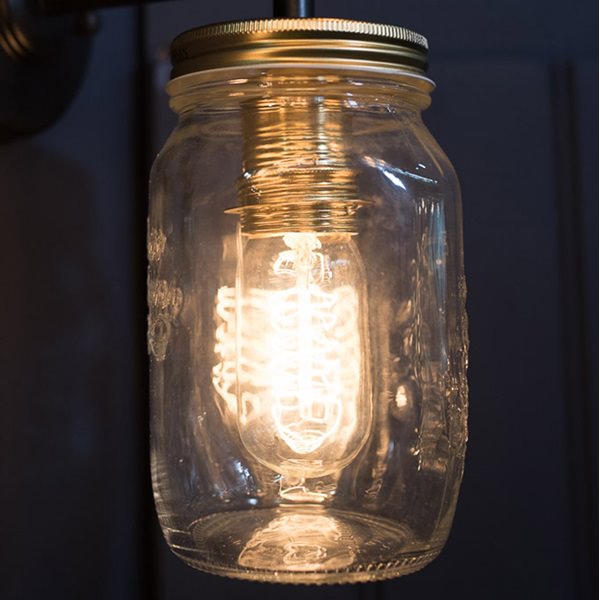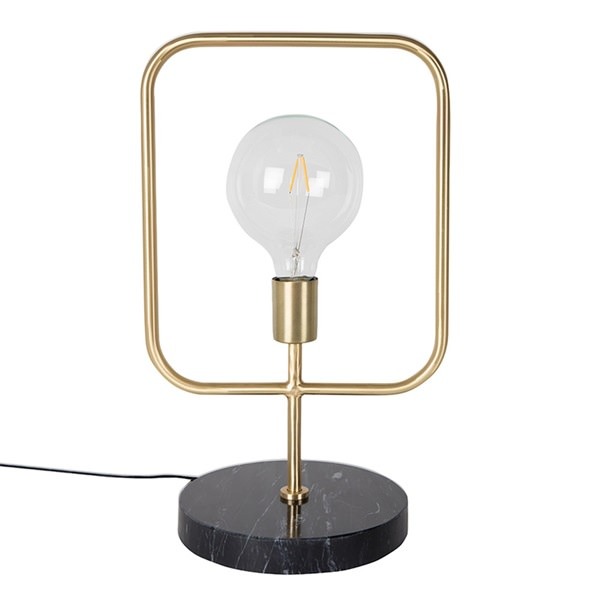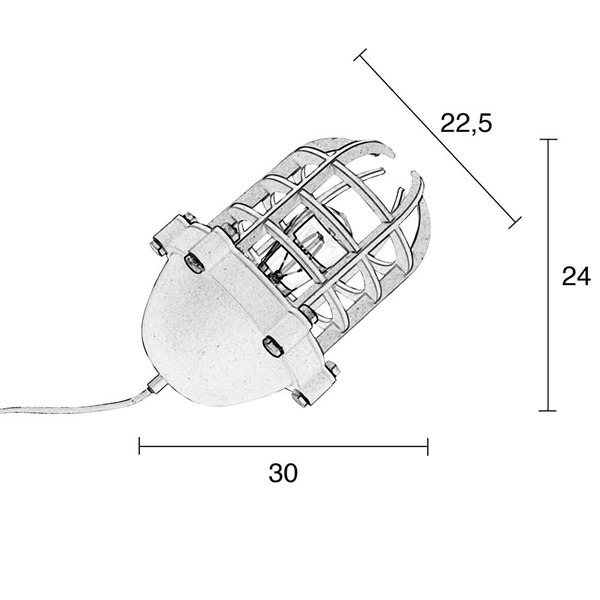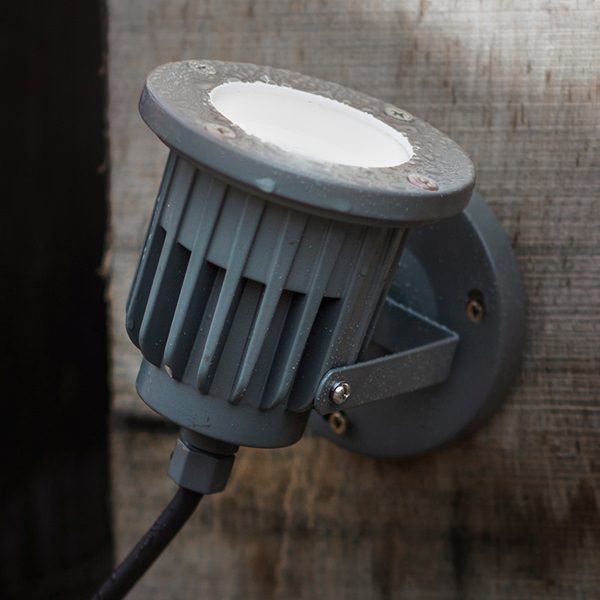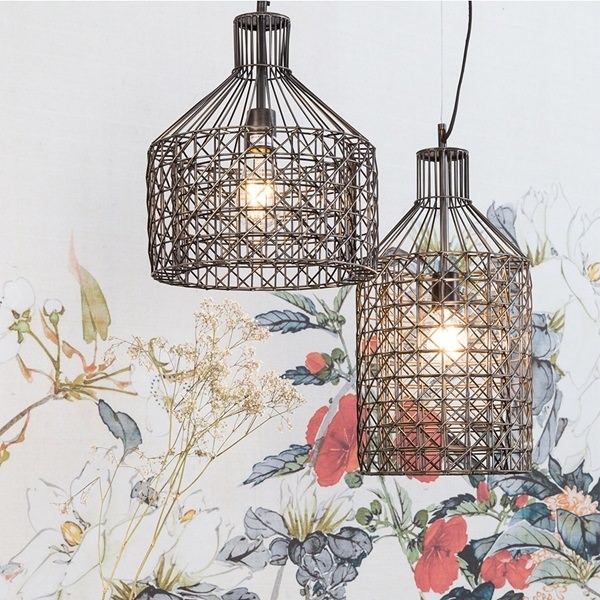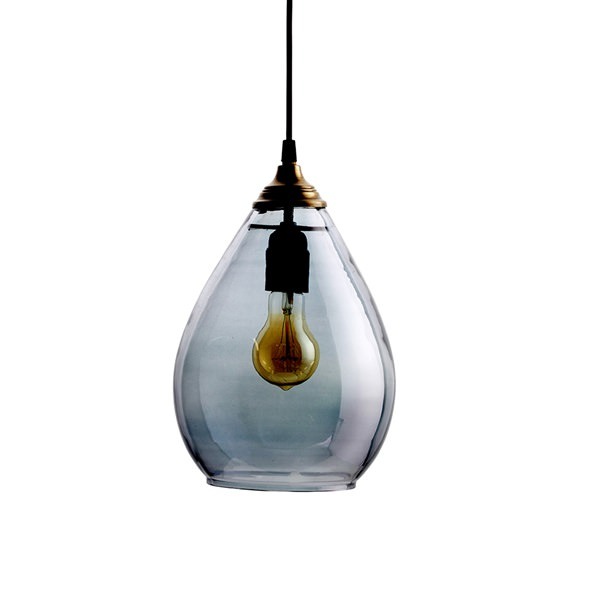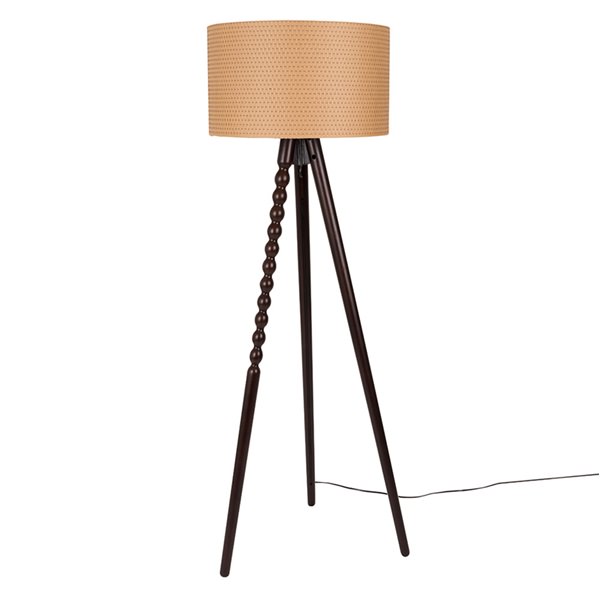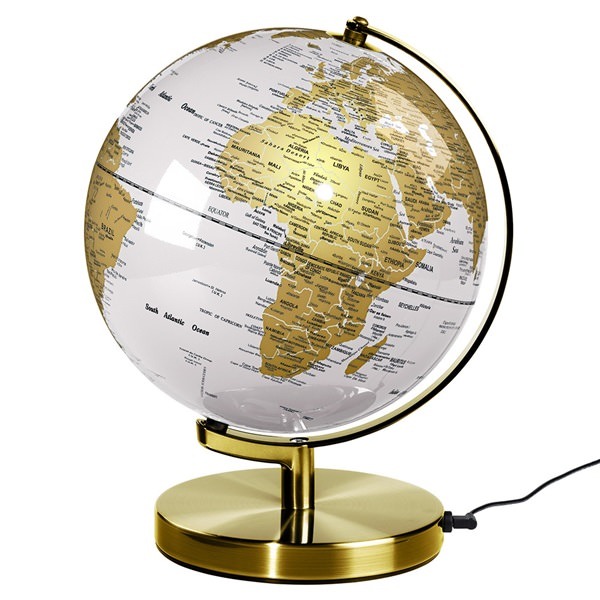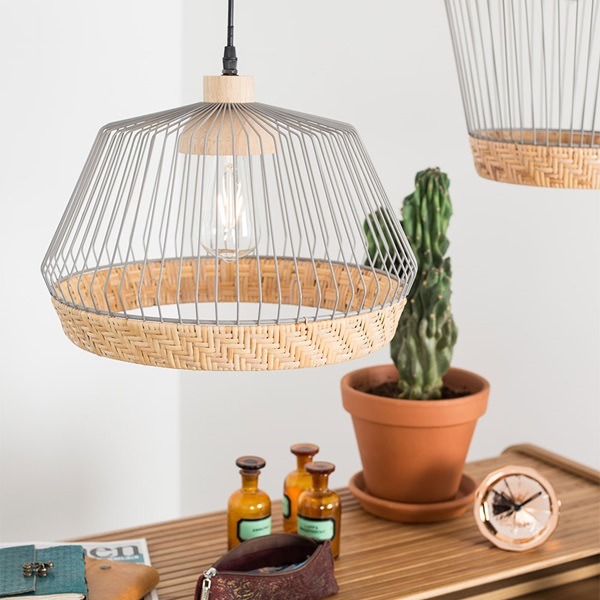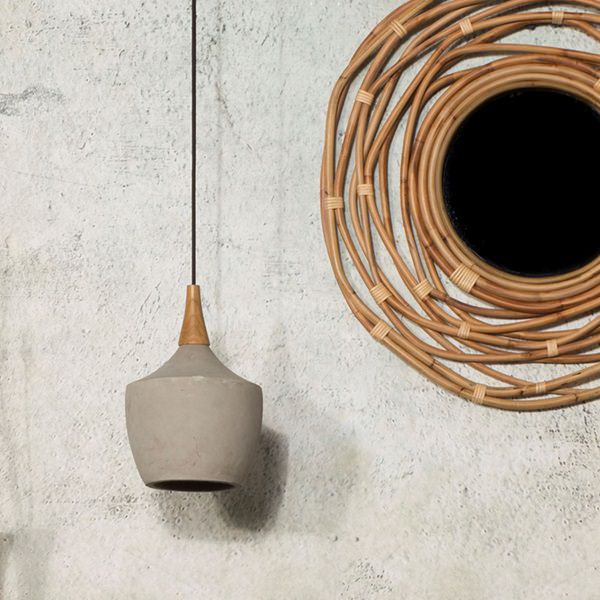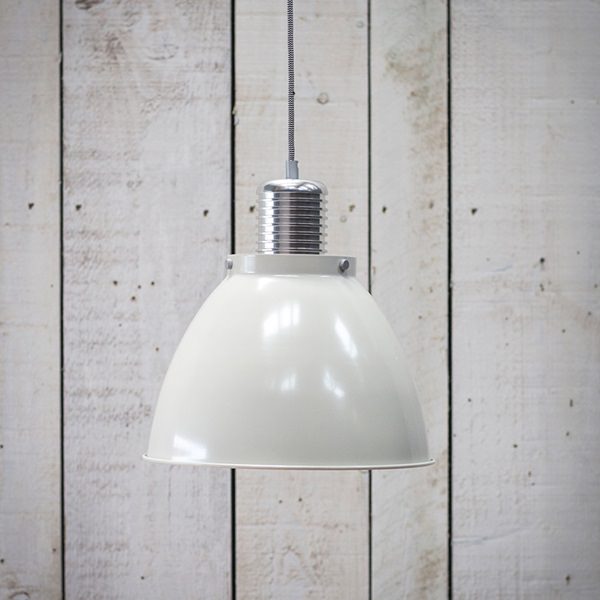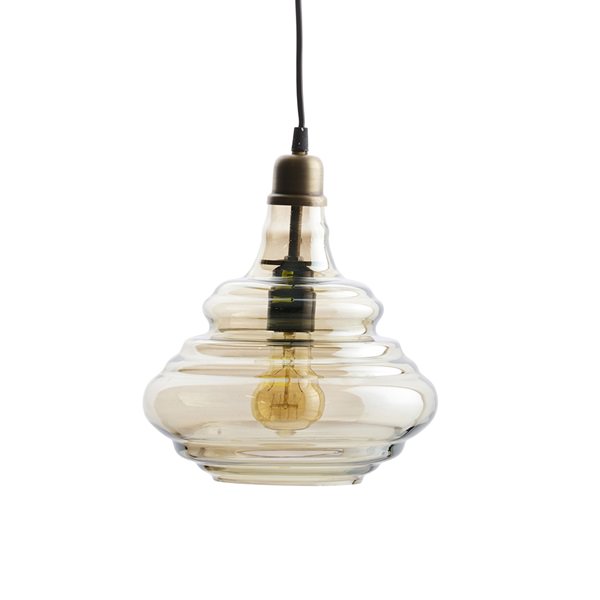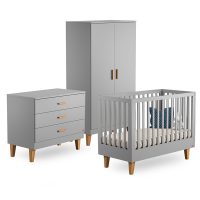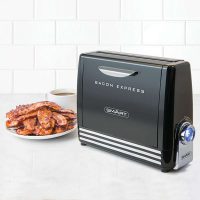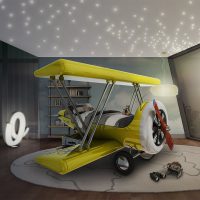A Brilliant Buyer’s Guide To LightBulbs
Let’s go bouncing through our bulb-ous compendium to learn more about the little devices that light up your life and rooms with little effort.
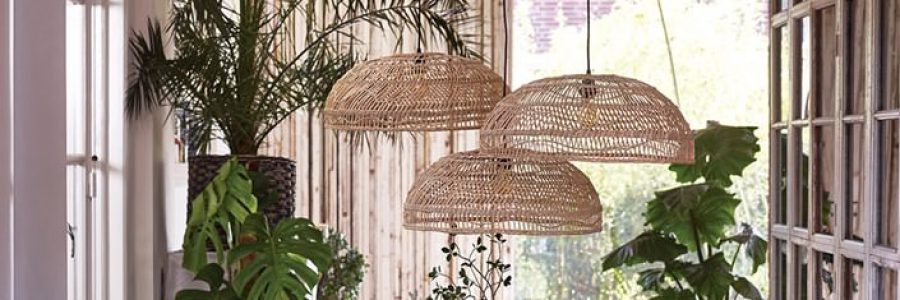
Illuminating Bulb Knowledge
It wouldn’t be a stretch to say a lot of people are in the dark when it comes to light bulbs. When a floor lamp in your home suddenly blinks out, you probably replace the dead bulb with another that sports the same shape and fitting style. And then lets face it, we look at a few energy saving options before we select the cheapest bulb. Sound about right?
But what if we told you that brightening your knowledge of lightbulbs could put more money in your pocket, improve the look of your home, and help you do your bit for the environment? That’s right: our bumper buyer’s guide to light bulbs is here to illuminate the murky waters of bulb buying.
Watts and Lumens
No, that’s not the name of world-famous detective agency – but rather the two most important markings on a lightbulb box. Watts and lumens are not interchangeable by any means, and understanding the difference between them is crucial to getting your hands on a brilliant bulb.
For many years, customers could wander into their local hardware store, glance at a box of lightbulbs, and determine how brightly the models would burn by looking at the little letter W (for wattage). The bigger the number alongside the W, the stronger the light would be. But after decades’ worth of dependence on this symbol, we’re now beginning to wish it farewell. The lightbulb market has changed drastically over the course of the last few years – so much so that a completely new measurement has been adopted: lumens (lm).
But why, we hear you ask? Weren’t we getting along just fine with watts? Perhaps, but in hindsight, the W was a little misleading. First of all, watts actually have nothing to do with brightness levels. Instead, they assess how much electrical power a bulb uses. More power doesn’t necessarily mean a brighter light, but it does, unfortunately, mean a bigger electricity bill. Contrary to popular belief, watts weren’t really ever a good indicator of the ability of a bulb.
Lumens may sound a tad strange but they are quite illuminating. This measurement actually evaluates the amount of light being produced, rather than the power it’s using. To give you a rough idea of intensity levels, consider the fact that about 1000 lumens are sufficient for task lighting and desk work. Of course, watts are still needed to determine a bulb’s compatibility for a particular product (a desk lamp may require a 60W bulb, for example), but when it comes to brightness – it’s the lumens that you need to look for.
Assessing shapes and fitting
The light bulb buying process can seem enormously complicated when you hit the shops and all those different coloured packages are staring you in the face. Bulbs arrive in an astonishing amount of alternative shapes and sizes, but if you’re shopping for ceiling lights for the home, you’ll typically come across four designs in particular. The GLS design is the one everybody knows, and we’re willing to place a wager that you have a GLS bulb shining on the ceiling somewhere in your home right now. These classic dome-like bulbs are the most prevalent in the industry, but the candle, spiral, and stick bulbs are also very popular and present in most British properties.
You’ll also need to check the fitting before you buy a new bulb. The fitting is what connects the bulb to the actual lighting fixture, and some of the most common forms include the bayonet, screw, and pin attachments. Bayonet base bulbs lock into fixtures through pushing and twisting, whereas screw bulbs simply have to be inserted then rotated until secure. Pin fittings appear mostly on fluorescent tubes and strips, and just need pushing into place.
How each bulb works
There are four main types of light bulbs on the market that all work in different ways: incandescents, halogens, CFLs, and LEDs.
Incandescents are old-school – the bulbs you’re probably most familiar with. They consist of a glass enclosure with a tungsten filament inside. When the electrical current travels into these bulbs, it heats the filament so that it warms up, glows, and creates light.
For a long time, incandescent bulbs were the only ones we thought we’d ever need. How wrong we were. Halogen bulbs soon arrived and suggested there could be some changes on the horizon, but it wasn’t until the influx of Compact Fluorescent Lights that we realised how wasteful our old bulbs really were. Halogens tweaked the incandescent design slightly (using halogen gas to create a better working filament) but CFLs completely revamped it.
CFL bulbs work using argon and mercury gas. Once the electrical current flows into the bulb, the electricity reacts with the gases inside to create an ultraviolet light – which in turn stimulates the tube’s interior fluorescent coating. (All this talk of gases might be making you a little nervous but remember these bulbs are all enclosed, they use tiny amounts of gas and are all safety tested so there really is no need to sound the alarm bells. Relax, its all good).
Despite offering massive energy-saving advantages for customers, CFLs never really took off in the same way as traditional bulbs. A lot of people disliked the pale white light that CFLs emitted, instead preferring the familiar, warm, orangey glow of incandescents. CFLs are also designed specifically for lights you’d like to leave shining for long periods, such as wall lights and can easily become damaged when turned on and off frequently in a short space of time.
Whilst there were reservations about CFLs, they opened up a bright new avenue nonetheless. Suddenly, the stage was set for a new bulb design that took the best of CFL technology but also improved upon its shortcomings. Sure enough, along came the LED – a bulb so significant it deserves its very own section…
It’s a little bizarre that something as simple as buying the right light bulb can trim numbers off your energy bill, but that’s the reality – and we’ve got LED bulbs to thank for sparing our wallets.
After defeating some initial trepidations, energy-saving bulbs are now becoming an increasingly popular addition to the modern home. In time, it’s likely they’ll replace most traditional designs altogether, with incandescent bulbs failing to meet today’s energy standards and CFL bulbs unable to cement a strong fan base.
Energy-saving tips and tricks
Alongside LED bulbs, you can also protect your pocket from energy costs by investing in a dimmer switch. It’s worth noting that not all bulbs are dimmable, so you’ll need to keep an eye out for selected brands that offer products with dimming compatibility. You’ll be able to find this information on the box or, if you’re shopping online, in the product description.
You can also save energy in numerous other ways, including switching your lights off whenever you leave a room, the same method can be applied to outdoor lighting that isn’t in use. Just because LEDs can shine for thousands of hours doesn’t mean they need to – especially if you’re not even there. Embrace natural light where possible, and consider being a bit more inventive with energy-saving bulbs to minimise your output. You could switch your fridge light to a LED bulb, for example. Small changes like this can make a world of difference.
If you are swapping incandescents for LEDs, attempt to recycle your old bulbs if you can. CFLs certainly cannot be thrown in with the general rubbish as they contain mercury inside – which can cause poisoning. Make sure you dispose of these light bulbs correctly by placing them into the recycling bin.
Well then, this brings us to the end of our dazzling journey through lightbulb land. As you can see, there’s much more to these little products than meets the eye, and understanding how they work can prove beneficial in a number of different ways. We don’t want anything in return for our advice, just promise you’ll think of us next time you pick up a box of bulbs with a confident swagger, ok?
We’ve got a wonderful lighting range here at Cuckooland, and now you know the essentials about bulbs, you might want to read up on our comprehensive lighting buyers guide too – which explores lighting options in great detail.
If you have any questions about brightening your home or would like to learn a bit more about which bulbs work best for certain items, just give us a call on 01305 231231 or send over an email. We’re always happy and eager to help!
